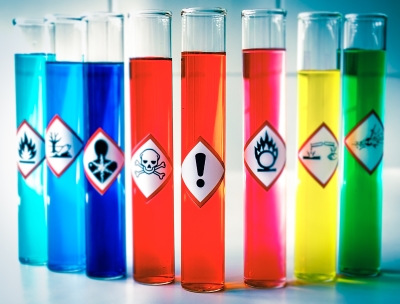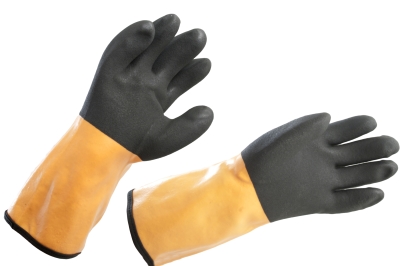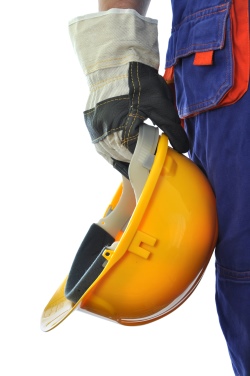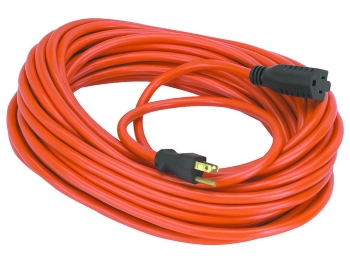Who Is Responsible For Protecting Temporary Employees?

What Are My Responsibilities In Protecting Temporary Employees? If your company hires temporary employees to work on job sites or in your facility, it’s critical to understand your responsibilities in protecting those temporary workers. Even when you hire through a staffing agency and the workers are employees of that agency, your company is what OSHA […]
OSHA Crane Operator Safety Requirements Compliance Deadline

Compliance Deadline For OSHA Crane Operator Safety Requirements Is Approaching…Or Is It? In 2010, the Occupational Safety and Health Administration (OSHA) published its Cranes and Derricks in Construction final rule, a new set of crane operator safety requirements for crane operator certification. In 2014, OSHA issued a new final rule that extended the deadline for […]
OSHA Hazard Communication Standard | What’s in a Label?

OSHA Hazard Communication Standard | What’s in a Label? If you were to ask your employees to explain the information on a HazCom label, would they be able to? Even employees who were thoroughly trained in HazCom requirements can forget significant information, especially if they do not use it regularly. No one wants to find […]
Chemical Resistant Gloves Are Critical For Full Protection

Chemical Resistant Gloves Are Critical For Full Protection Chemicals are a necessary part of many of employers’ operations. We try to protect our employees the best that we can by substituting less dangerous chemicals when possible, engineering controls to minimize exposures, and implementing administrative controls to further reduce exposures. Despite those controls, though, employees still […]
Revised OSHA Standard For Beryllium Exposure Take Effect Soon

Revised OSHA Standard For Beryllium Exposure Take Effect Soon It’s been 40 years since OSHA established the first Permissible Exposure Limit (PEL) for beryllium. In the intervening decades, we’ve learned a great deal more about how beryllium exposure affects workers and their health. A new Final Rule regulating workplace exposure in general industry, shipyards, and […]
OSHA Training Requirements – Language Guidelines

What Languages Must My Company Provide to Meet OSHA Training Requirements? If your work force includes people who use English as a second language (ESL), you’ve probably asked this question, and the answers you received may not have been particularly helpful. Although OSHA does try to make its regulations understandable, there are definitely situations where […]
Trenching and Excavation Safety Begin With Planning & Training

Trenching and Excavation Safety Begins With Planning & Training A worker climbs into a trench to do a simple task they’ve done hundreds of times in the past. Maybe they’re aligning a pipe or tightening a connection. Suddenly, the soil around them breaks free, following the path of least resistance, flooding the bottom of the […]
PPE – Head Protection and Hard Hat Safety

PPE Focus of the Month: Head Protection and Hard Hat Safety Head protection is a key piece of many employers’ required personal protective equipment (PPE), and rightly so. The devastation caused by head injuries, even seemingly insignificant ones, is profound. Even wounds that may seem superficial can bleed profusely, making it difficult to determine how […]
The New OSHA Silica Standard Is Here To Stay

The New OSHA Silica Standard | 10 Steps Your Company Can Take To Avoid Painful Fines The new OSHA silica standard is here to stay (it cannot be repealed) and companies must comply by June, 23 2017. If OSHA sees a white cloud they are going to target four standards to cite as a starting […]
Powered Industrial Trucks – OSHA Forklift Regulations

Classification Of Powered Industrial Trucks And OSHA Forklift Regulations OSHA defines a powered industrial truck (PIT) as any mobile, power-propelled truck used to carry, push, pull, lift, stack, or tier materials, whether ridden by the operator or controlled by a walking operator. Companies who use PITs are required to provide training consisting of formal instruction, […]
Personal Protective Equipment for Arc Flash Hazards

Personal Protective Equipment for Arc Flash Hazards Electricity can be dangerous; this is a fact that we all know. Why don’t we always treat it as such? Is it because we are far too familiar with it? Do we become complacent, believing that we are safe from electrical incidents because we’ve never had one before? […]
An Effective Electrical Safety Program Includes GFCI

An Effective Electrical Safety Program Includes GFCI Protection OSHA estimates that 350 electrical-related fatalities occur each year. That is almost 1 person a day who will no longer be in the lives of their friends, parents, siblings, or children. While the number is not large from a statistical perspective, it is too large from a […]

